Most of us never see the stars. It was estimated a few years ago that about 80 percent of Americans live in areas so polluted by artificial light that the nighttime skies are invisible. That means that like so many things in nature, we must seek out the night sky and make stargazing a focal point of a vacation. The good news is that within a few hours’ drive of many major cities, you can find places where the stars still shine brightly. Here are 10 winter stargazing spots worth checking out this year, and some tips from information-sharing platform Trover on where to get the best astronomical pictures.
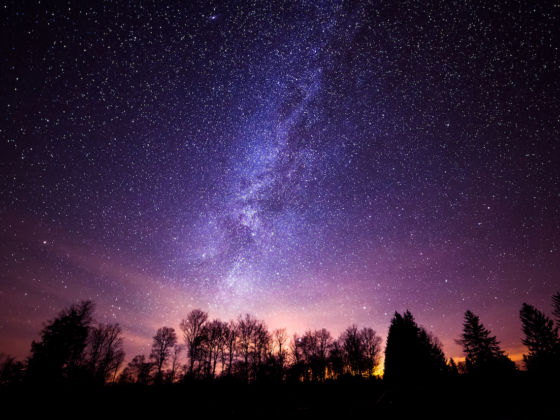

The 10 Best Parks in the US for Spectacular Winter Stargazing
1. Acadia National Park, Maine
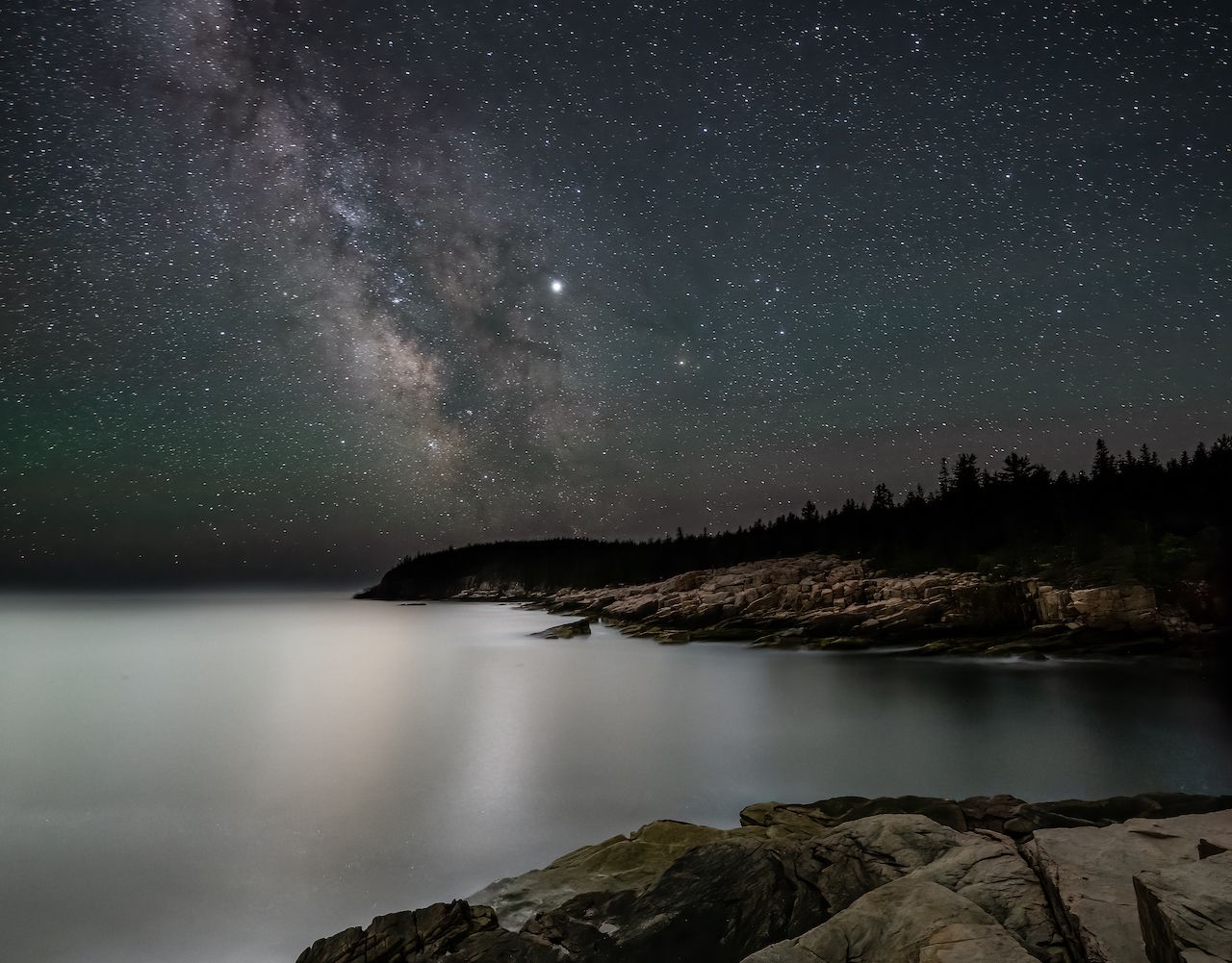
Photo: Collins93/Shutterstock
Finding unpolluted skies in the densely populated Northeast isn’t easy, but in Acadia National Park, you’ll not only find twinkling stars overhead but also perfect vantage points to see them atop Cadillac Mountain. Winter can be cold in Maine, so the sooner you get out there the better, especially since the Milky Way is also in full view until about late autumn. If you miss out this winter, you might look into making plans to visit next fall, when the park hosts its annual Acadia Night Sky Festival in September. There you’ll find 60 telescopes and over 1,600 people on Cadillac Mountain getting a closeup view of the east coast’s best stars.
2. Joshua Tree National Park, California
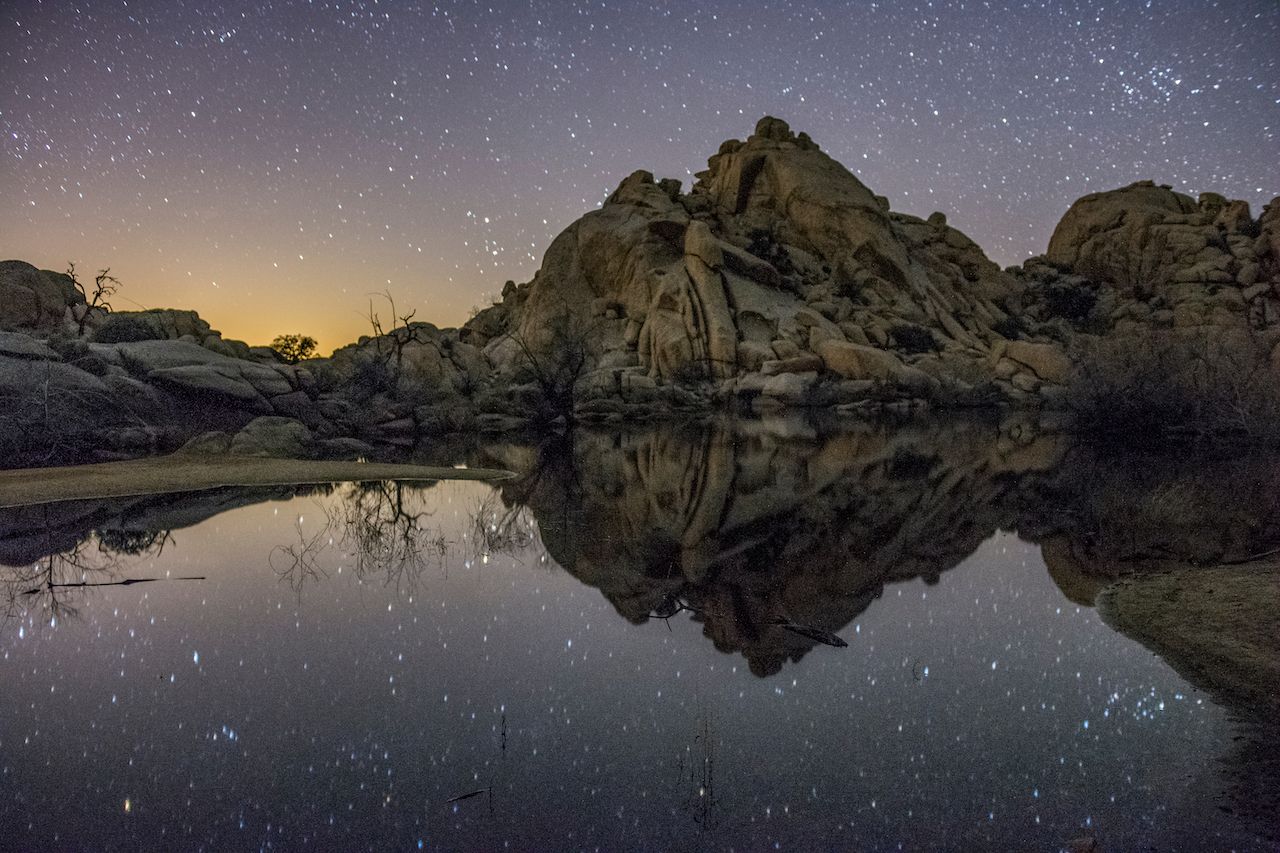
Photo: Colin Putnam/Shutterstock
Between the endless sprawl of lights and the perpetual haze, Southern California can be a tough place to spot stars. That’s why aspiring astronomers make the two- to three-hour drive from Los Angeles to the junction of the Mojave and Lower Colorado deserts at Joshua Tree National Park. The International Dark Sky Park has gone to great lengths to reduce local light pollution, working with the neighboring communities of Twentynine Palms and Yucca Valley to regulate the amount of light allowed into the sky.
Inside the park, the best place to get star shots is the White Tank Campground, full of granite boulders that make for ideal elevated viewpoints. Along with the Cottonwood Campground it’s said to have the darkest skies in the park, perfect for stargazing without having to pack your winter coats.
3. Saguaro National Park, Arizona
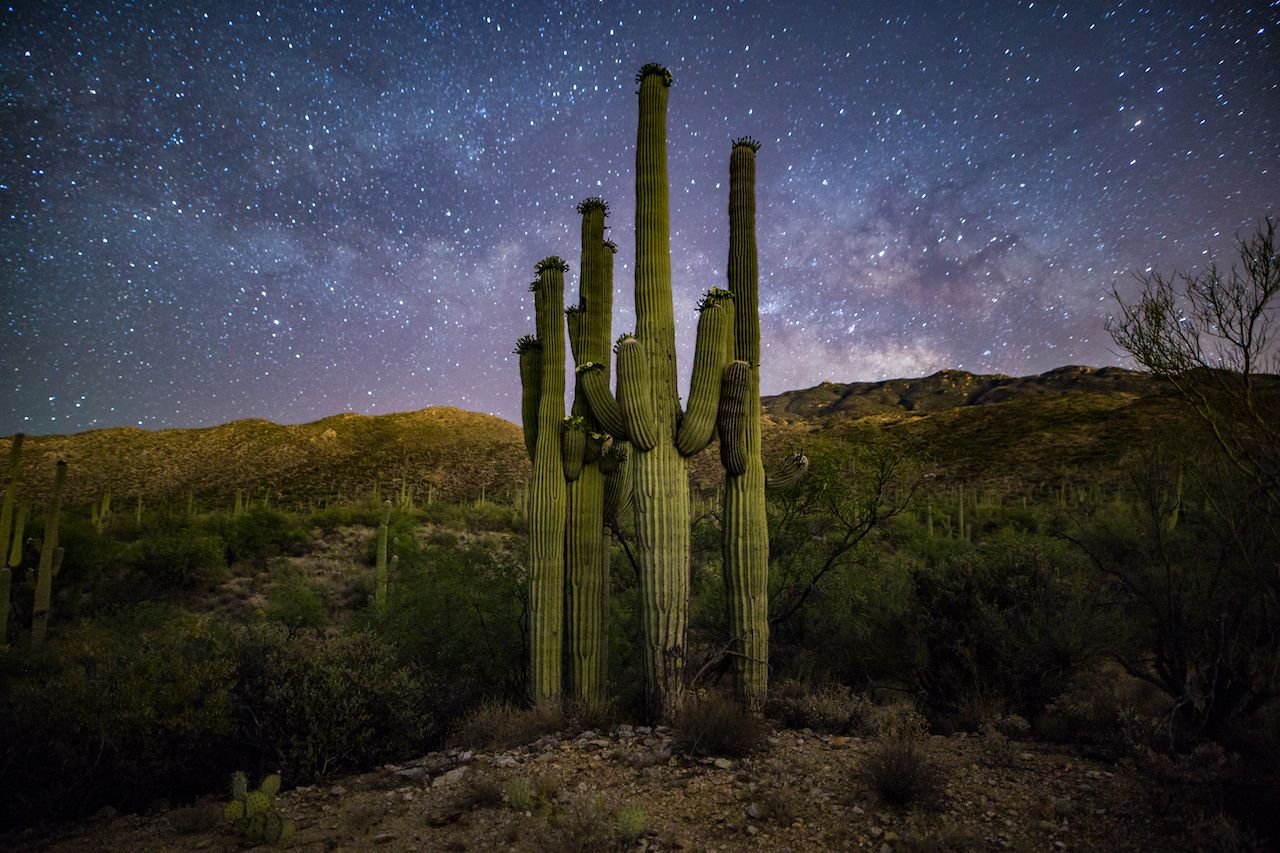
Photo: Christian Foto Az/Shutterstock
For one night and one night only, on November 24, you can catch the ultra-rare conjunction of Venus and Jupiter, when the two planets will appear a scant 1.4 degrees away from each other in the night sky. One of the best places to see it will be at this park just outside Tucson, a top destinations for stargazing in the sprawling Arizona desert. Your pictures will look extra-artsy when you incorporate the park’s Saguaro cacti, an iconic cactus made famous in Looney Toons but found only in this region. For the best shots of the year, come back to the park On February 9, March 9, or April 8 for next year’s super moons, which will look especially imposing behind a curved cactus arm.
4. Mt. Rainier National Park, Washington
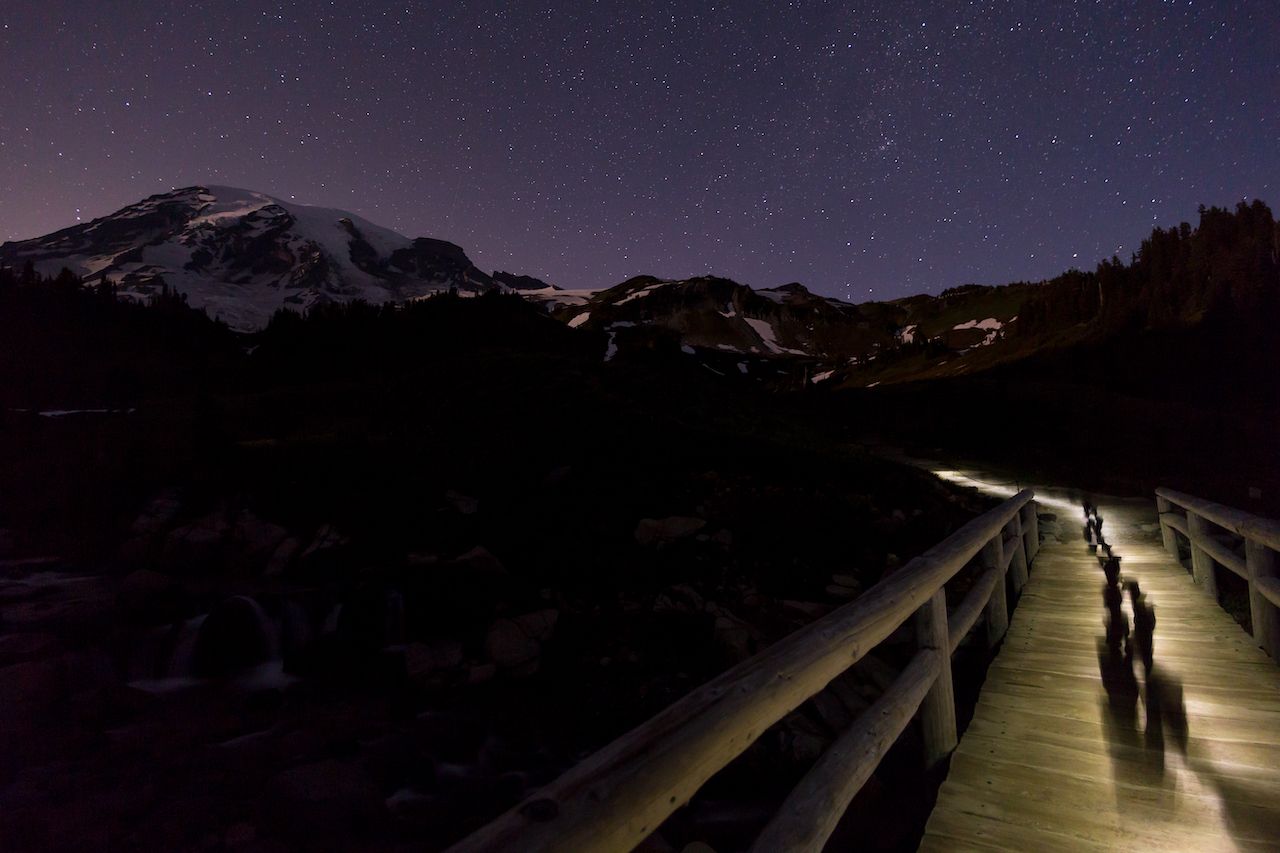
Photo: Kevin Cass/Shutterstock
Looking at stars is often best done in one of our national parks, where ranger-led stargazing programs can provide a far more complete experience. Case in point, Mt. Rainier National Park, about an hour south of Seattle, where programs at the park’s Paradise area help you learn more about what you’re looking at. These programs are especially helpful during astrological events like meteor showers, when hundreds of people flock here, telescopes in hand.
The daytime scenery at Paradise isn’t bad either, and if you want time to take in the waterfalls, glaciers, and green meadows, spend the night at the Paradise Inn and hit all of that in the morning. A word of warning, however: Winter can be tricky at Mt. Rainier, and sometimes the Longmire-Paradise gate will close at night if the weather’s not cooperating. So make sure to plan accordingly.
5. Cherry Springs State Park, Pennsylvania

Photo: Michael Yatsko/Shutterstock
Set in the middle of the 410-square-mile Susquehannock State Forest, this remote state park is the most centrally located stargazing area among the northeast’s major cities. Despite sitting only a few hours from New York, Boston, Philadelphia, and Pittsburgh, the park’s skies are remarkably unpolluted, rating it gold tier status from the International Dark Sky Association.
Inside the park, you’ll find the best stargazing vantage points at the Astronomy Field, a clearing at the summit of a 2,300-foot mountain with 360-degree views of the night sky. Though Cherry Springs only has about 60-80 nights with ideal conditions, hit it at the right time, and it’s always worth the drive.
6. Death Valley National Park, California
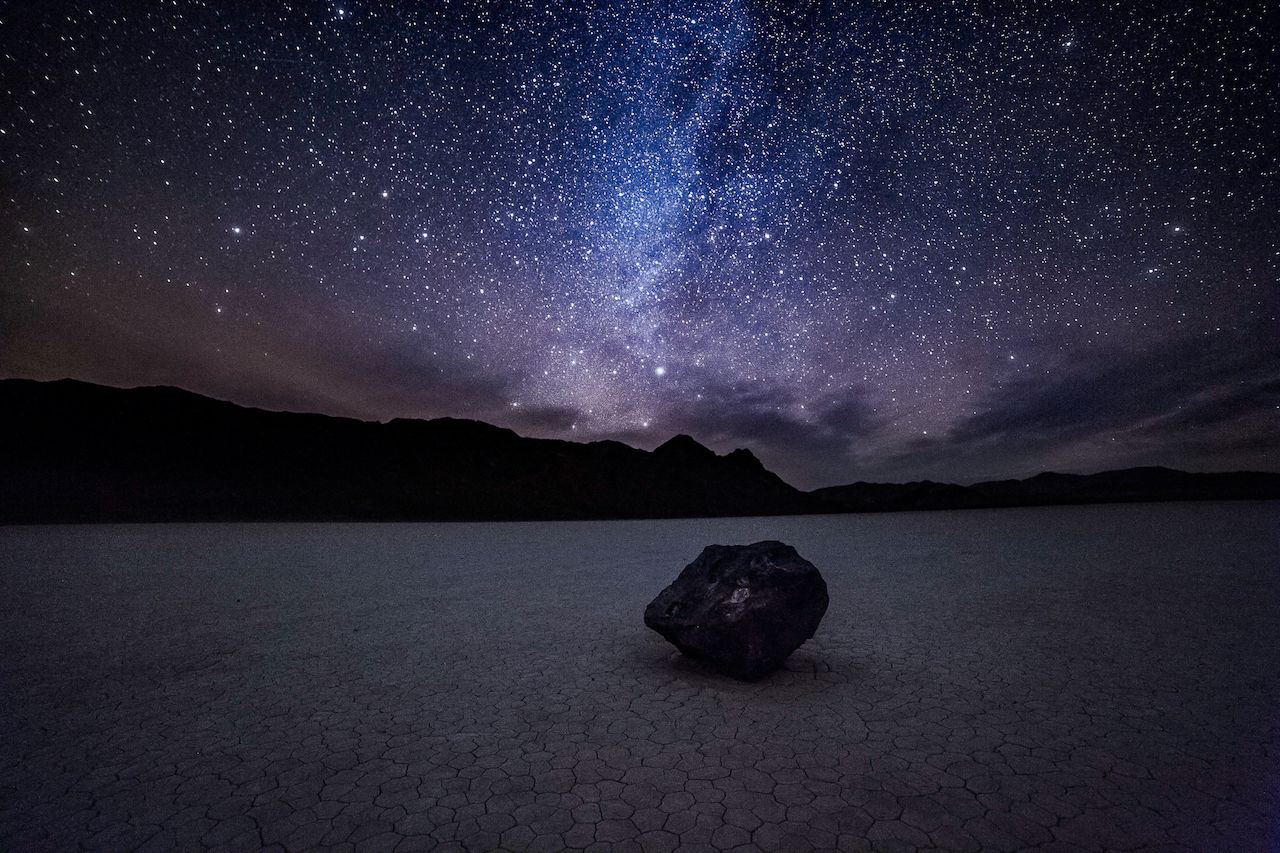
Photo: Dixon Pictures/Shutterstock
For meteor shower observation — and the long-exposure works of art that come with them — the best place in America is Death Valley, where perpetually clear skies and tolerable temperatures allow for amazing meteoric images. This year has three major showers to plan for: the Taurids on November 5-6, the Leonids on November 17-18, and the grand Geminids on December 13-14, where you may see upwards of 120 meteors per hour.
The gold-tier park’s best place to catch the show is Furnace Creek, where park rangers hold regular programming for star gazers. Harmony Borax Works is a popular area for photos, with its abandoned mining equipment in the foreground. The salt flats at Badwater Basin offer some of the best unobstructed views in the park. And for Death Valley’s darkest stars, head to the Ubehebe Crater.
7. Arches National Park, Utah
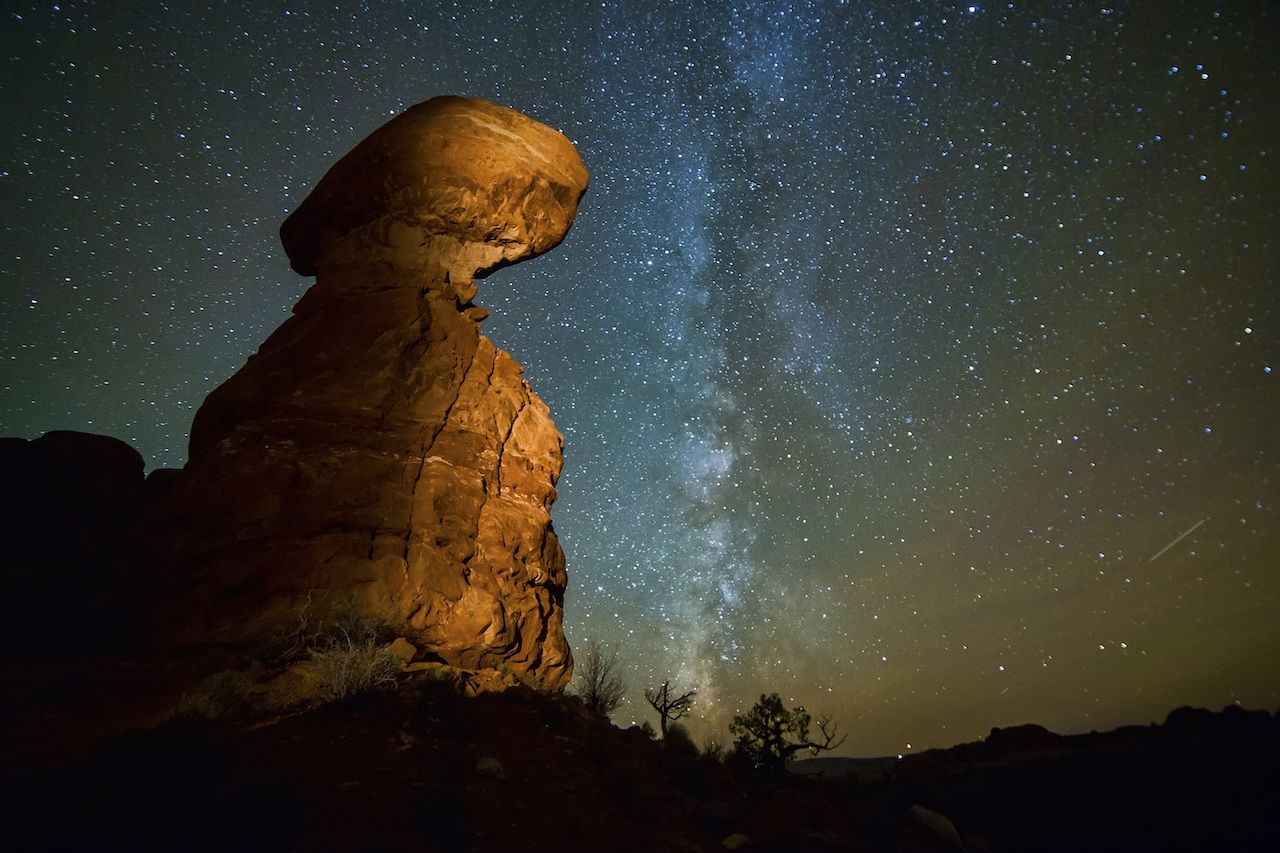
Photo: Bill Kennedy/Shutterstock
Pretty much anywhere on the Colorado Plateau is going to offer some pretty spectacular stargazing, but Arches provides unique opportunities for capturing the sparkling sky peeking out behind curved masses of red rock. It’s one of the newest International Dark Sky Parks, gaining that distinction in July of this year, but that doesn’t make its conditions any less ideal than older, more established spots like Canyonlands and Natural Bridges.
As the name might imply, the Garden of Eden is among the best places in Arches to bring your astro-photo gear. You might also want to check out the Balanced Rock Picnic Area or the Windows Section, or check with the park to see where rangers are holding their regular astronomy programs.
8. Central Idaho Dark Sky Reserve, Idaho
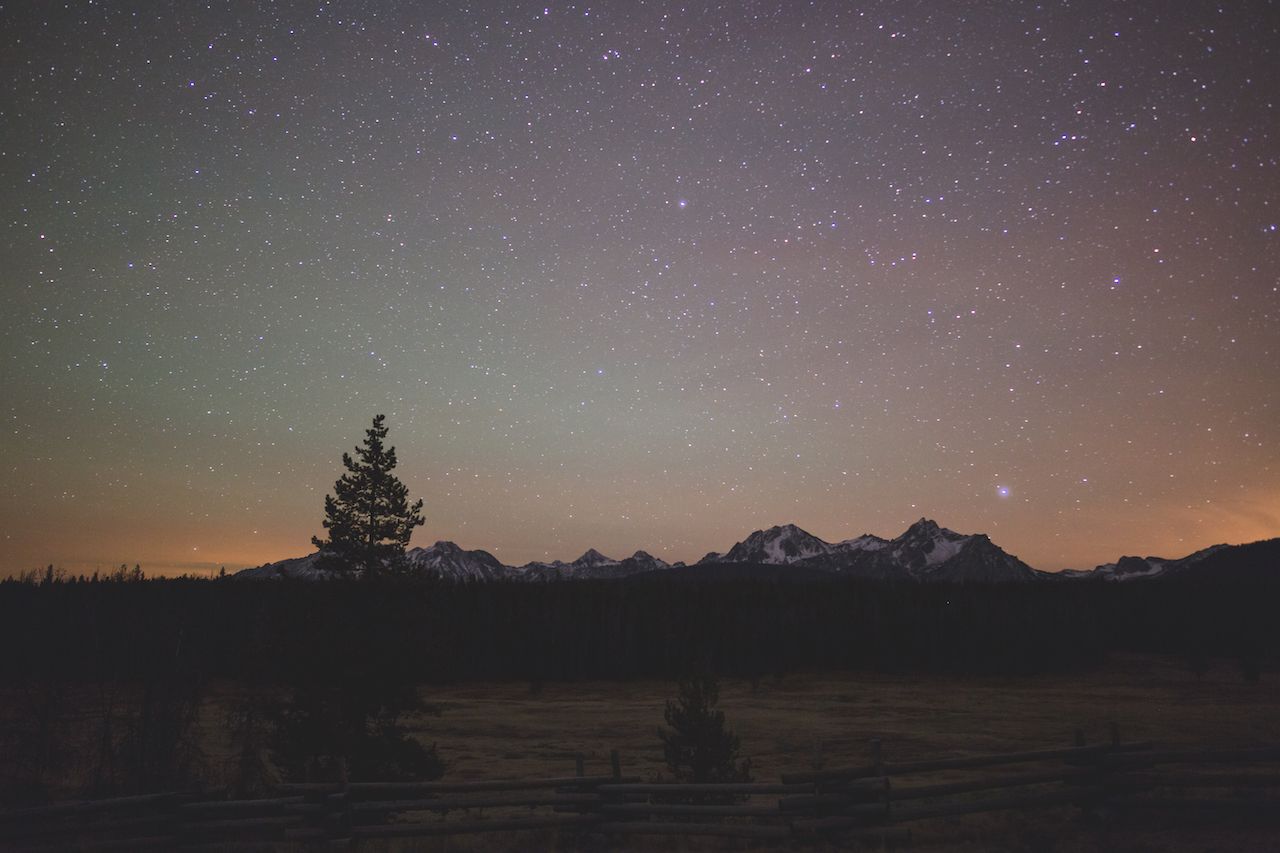
Photo: The Adaptive/Shutterstock
Deep in the Sawtooth Mountains you’ll find America’s first designated Dark Sky Preserve, a 1,400-square-mile swath of mostly untouched land in Central Idaho. Designated in 2017, the preserve sits in some of the most treacherous terrain in the state, and getting in and out of the area — even on the 23 designated trailheads — can be tricky. But once inside you’re rewarded with some of the lower-48’s greatest natural beauty, where stars shine above mountain lakes with no light or electricity for miles.
You may want to pack a satellite phone — there’s no cell service or WiFi anywhere close. And definitely bring a map and mark your trail. The star gazing here may be the best in America, but like so many great things, it’s not easily obtained.
9. Everglades National Park, Florida

Photo: Francisco Blanco/Shutterstock
A quick 45-minute ride from the bright lights of South Beach finds you in one of the darkest places on Earth, the vast and mysterious swamps of the Everglades. And though the area is known for its abundance of alligators, its best feature may well be its nighttime skies. On warm South Florida evenings you can gaze up through towering pines and Cypress at a bright ceiling of stars. And during winter, you won’t even have to fight mosquitoes!
Park rangers lead regular programs, but the best one to catch is the moonlight bike ride through Shark Valley. Though you won’t see any actual sharks, you will have a safe way of traversing the park with minimal light, riding the Shark Valley Tram road under a full moon. You might also want to check out Pine Glades Lake for the best over-water photo ops in the ‘glades.
10. Mauna Kea, Hawaii
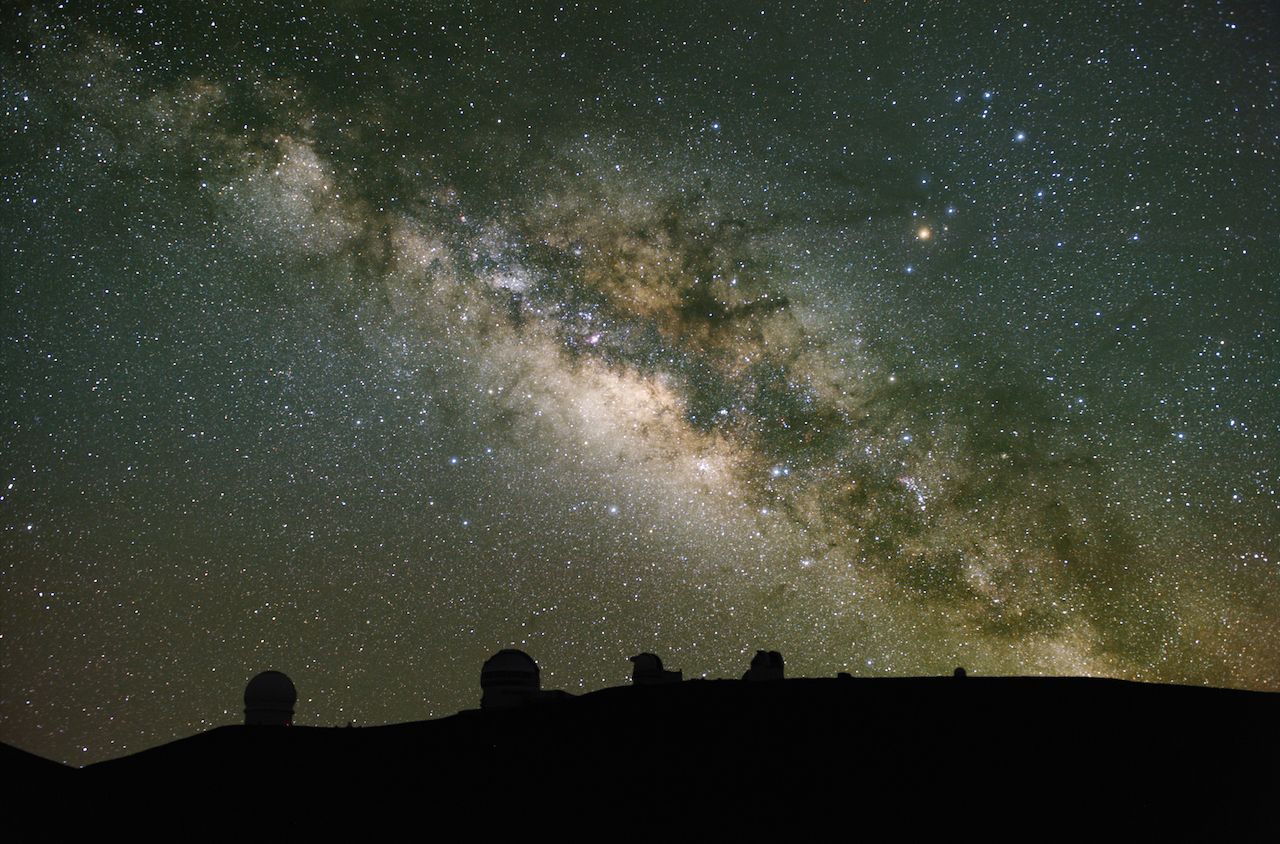
Photo: MarcelClemens/Shutterstock
The landmass furthest from any other landmass in the world seems like an ideal place to see the stars, which is probably why the world’s largest astronomical observatory sits on the Big Island of Hawaii. The highest point in the state is the summit of Mauna Kea, where the elevation keeps the air free from much of the humidity that darkens the skies lower down. Combine that with a setting in the middle of the Pacific Ocean and stringent light regulations, and you’ve got a first-rate stargazing destination. If you’re not up for climbing the whole mountain, drive to the Onizuka Center for International Astronomy’s Visitor Station where you’ll find nightly stargazing programs at 6:00 PM.